Current exchange rates can be found at: http://www.xe.com/ucc/
The finance minister of India, Palaniappan Chidambaram, presented the country’s 82nd Union Budget today. India is facing one of the slowest growth periods in recent times and the budget hopes to re-ignite growth through higher spending and taxation.
Chidambaram blamed high fiscal deficit, tight monetary policy and low savings behind recent slow growth of the country. India’s potential growth rate is 8%, but the Reserve Bank of India has pegged it at 5.5% for the 2013 fiscal year. Controlling inflation and deficit are the main concerns.
The current account deficits are planned to be overcome through Foreign Direct Investment (FDI), Foreign Institutional Investors (FII) or external borrowings. Foreign investment is the key for driving growth, the FM said. Deficits increased when exports witnessed a slow down and a large dependence on oil, coal and gold. Current fiscal deficit is at 5.5% and the plan is to bring it down to 4.8%.
The budget expenditure is Rs 16,65,297 crores. In the midst of a major modernization drive, the Defence Ministry got a 14 per cent hike in its budget as the FM gave it Rs 2,03,672 crore for 2013-14 with a promise to provide any additional fund required for national security.
Infrastructure
3,000 kilometers of road projects will be enabled in the first six months of 2013. A regulatory sector for roads will be introduced. There will be two new major ports in Andhra Pradesh and West Bengal. 5 million tons Dabhol LNG import terminal to operate at full capacity in 2013-14. Seven new cities are being identified along Delhi – Mumbai Corridor.
Health and Sustainable Energy
Rs. 1,106 cr to be allocated for alternative medicine industry. Rs 4,727 cr for medical education and research. Indian Institute of Biotechnology will be set up at Ranchi. Rs. 800 cr to promote wind energy. Low interest funds to be provided for promoting clean energy. Schemes will be evolved for cities to convert waste to energy. Rs. 37,000 cr will be distributed for healthcare.
Tribal and Scheduled Castes
There are ample schemes and funds in the budget for the most vulnerable in society like tribal, women and the youth. Rs. 3,511 cr have been allotted to the Ministry of Minorities. Thousands of scholarships will be awarded to students from backward communities. Ministry of Rural Development will be given Rs. 80,195 cr. Rs. 41,561 cr will be assigned for Scheduled Castes sub plan and Rs. 24,598 cr for tribal sub plan.
Women and Children
Rs. 1000 cr will be allocated for improving safety of women. An additional sum of Rs. 200 cr will be given to Women and Child Welfare Ministry to address issues of vulnerable women. Rs. 17,700 cr to be assigned for Integrated Child Development Scheme (ICDS). India’s first public sector women’s bank gets Rs. 1,000 cr investment and is expected to start by October.
Investment
Stock exchanges will begin dedicated debt segment. FIIs will be allowed to deal in currency derivative segment. Small and medium companies to be allowed to list on MSME exchanges without public offering. Semiconductor industry will no longer be required to pay customs duty on purchase of plants and machinery. There will be no excise duty for hand-made carpets of choir and jute.
Banks and Insurance
Banks can now act as insurance brokers and are allowed to sell insurance. Rs. 14,000 cr capital infusion into public sector banks in 2013-14, says FM. All regional rural banks and co-operative banks to be e-linked by the year-end.
Income and other Particulars
No change in slab rates for personal income tax. No change in direct tax rates from previous year. Tax credit of Rs. 2,000 for everyone in Rs. 2-5 lakhs salary slab. Surcharge of 10% for the super rich (annual taxable income of Rs. 1 crore). 10% surcharge on companies with income over Rs. 10 cr.
Cigarette duty increased by 18%. Excise duty on SUVs increased by 27%. Silver excise duty increase by 4%. Duty free limit for gold increased to Rs. 50,000 for men and Rs. 1,00,000 for women.
Individuals taking their first home loan of up to Rs. 25 lakhs to get extra interest deduction of up to Rs. 1 lakh.
Restaurants will get more expensive. There will be 6% percent duty on phones that cost more than Rs. 2,000. And custom duty on luxury cars will be 100%.
The previously neglected eastern Indian states will get Rs.1,000 cr for agricultural purposes.
New taxes will collect Rs. 18,000 cr for government. 839 FM radio channels are expected to be auctioned in FY14. The FM said, “Doing business in India must be seen as easy and friendly.” At the conclusion of his budget speech in the Lok Sabha today, Chidambaram said India is the tenth largest economy in the world. He said, “we can become the eighth, or perhaps the seventh, largest by 2017. By 2025, we could become a five trillion dollar economy”. Quoting Swami Vivekananda he said, “All the strength and succor you want is within yourself. Therefore, make your own future.” The General Budget 2013-14 is a resolute step towards that future, he added.
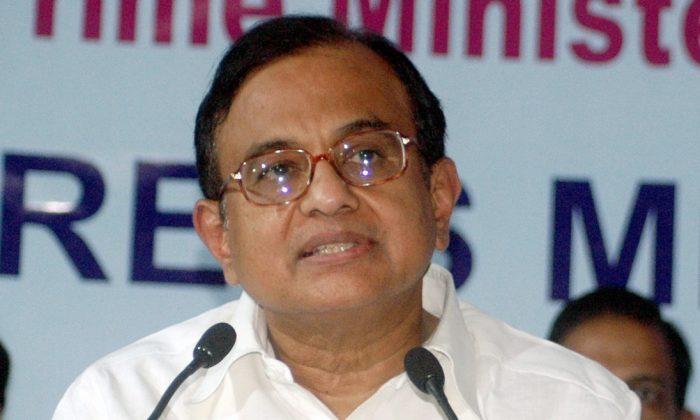

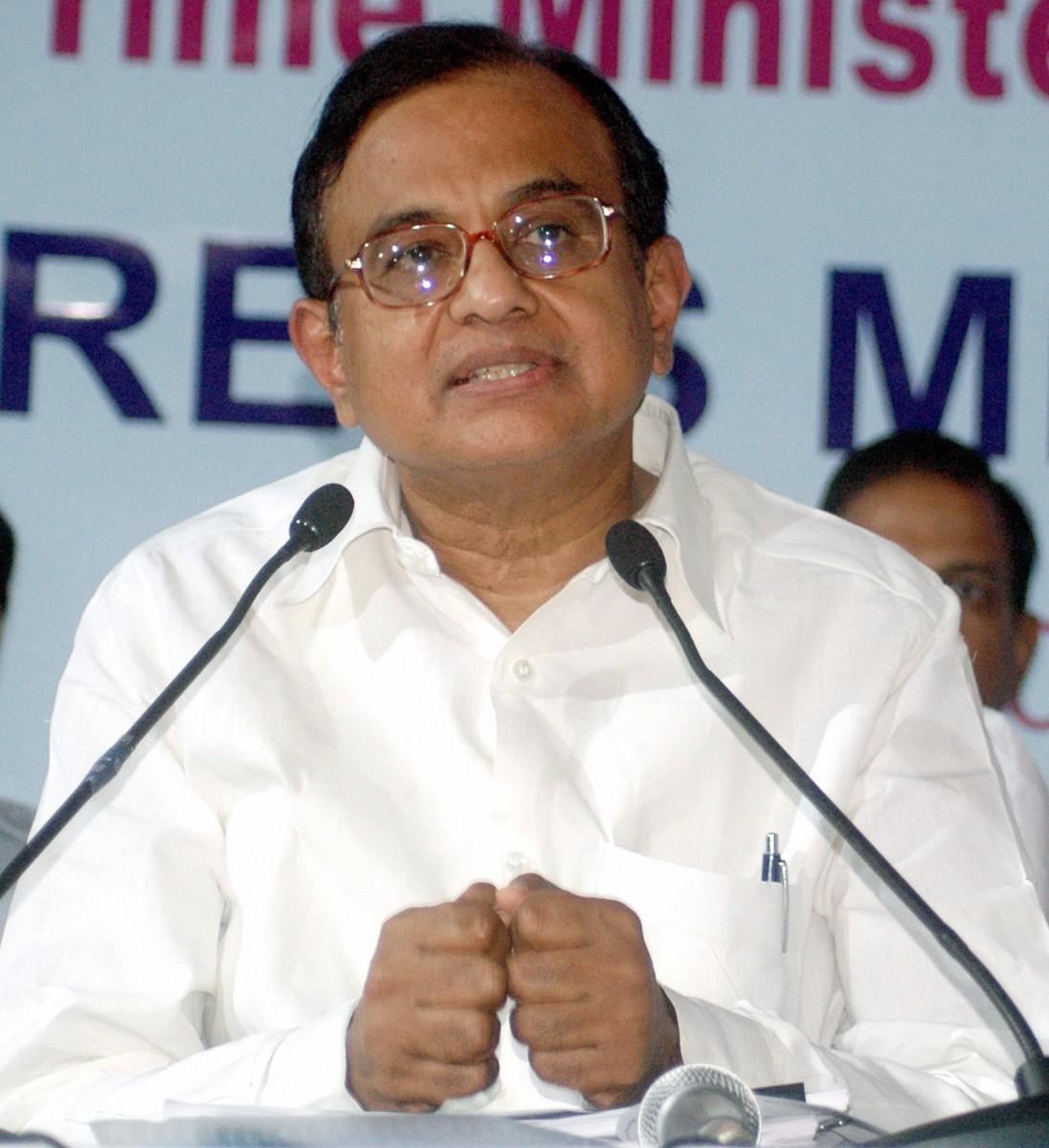
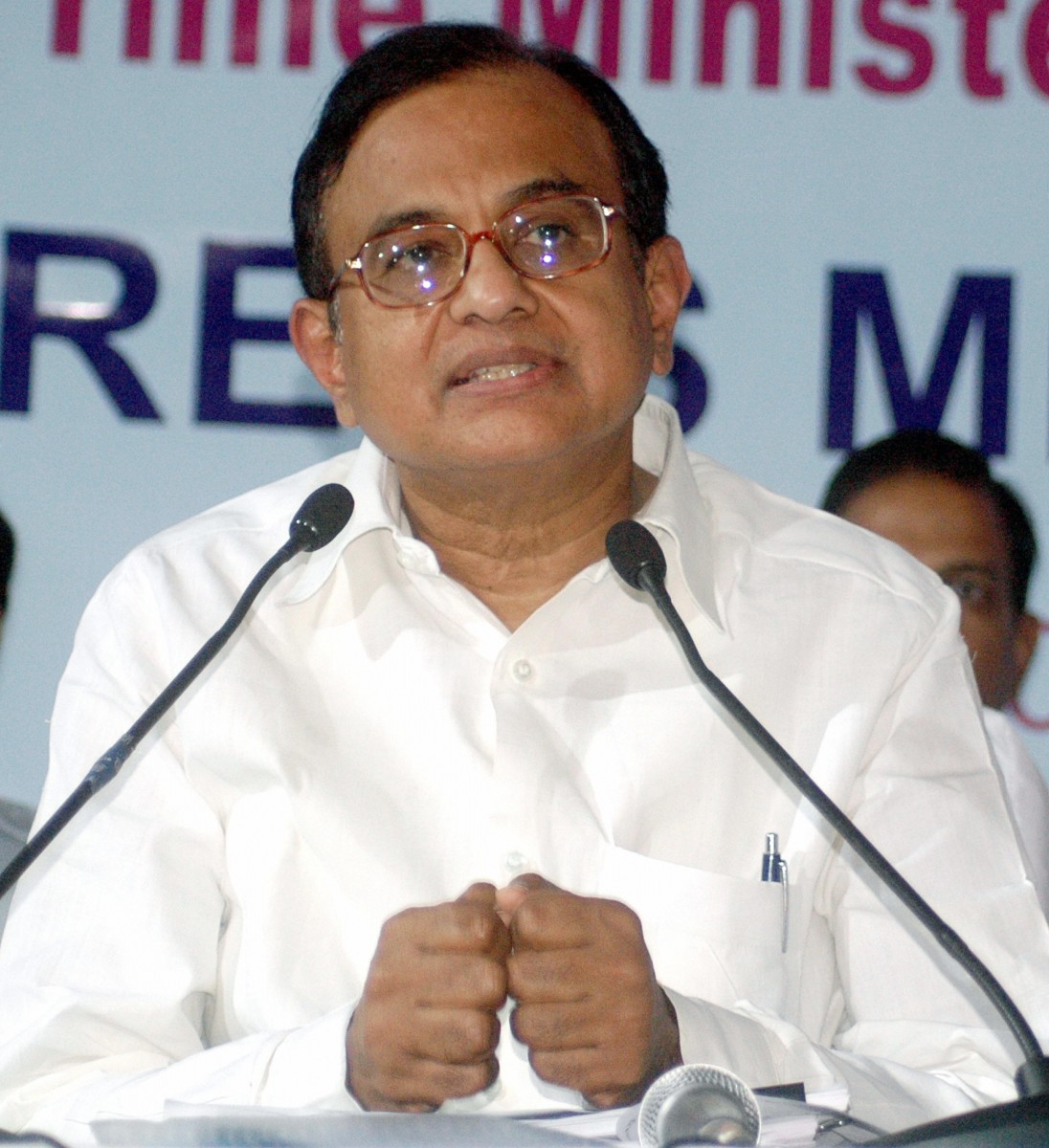
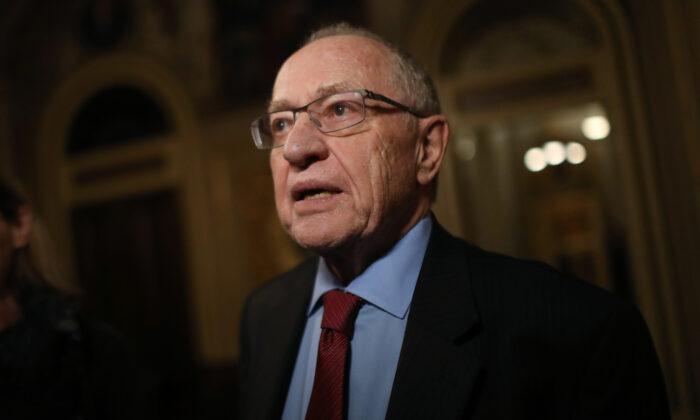
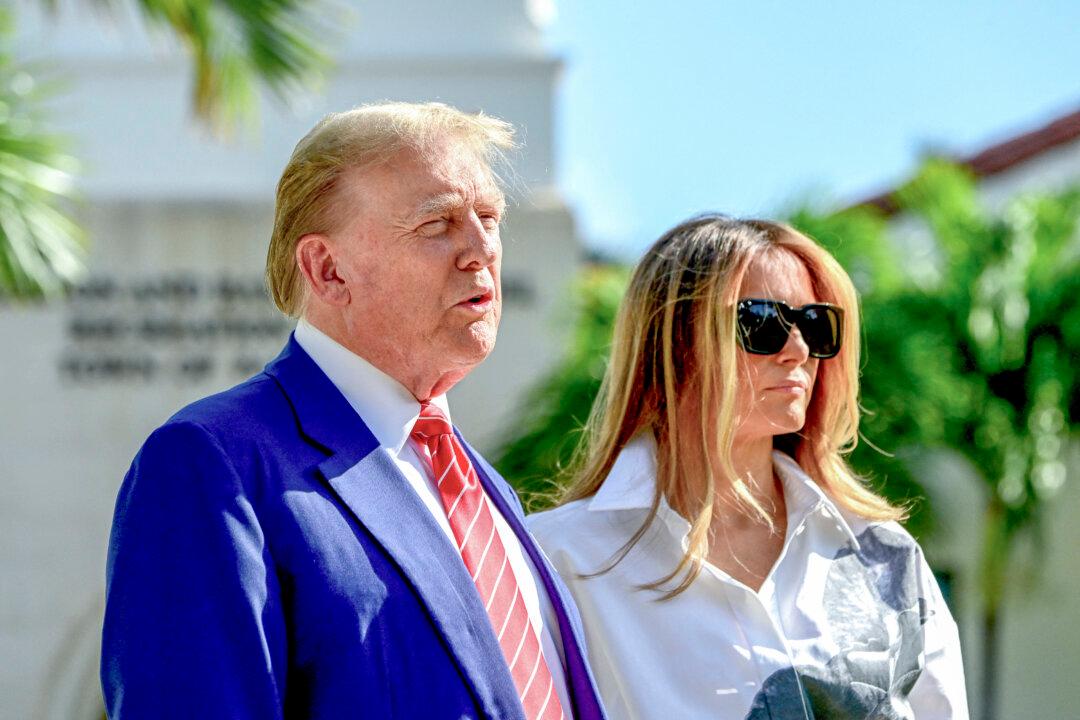
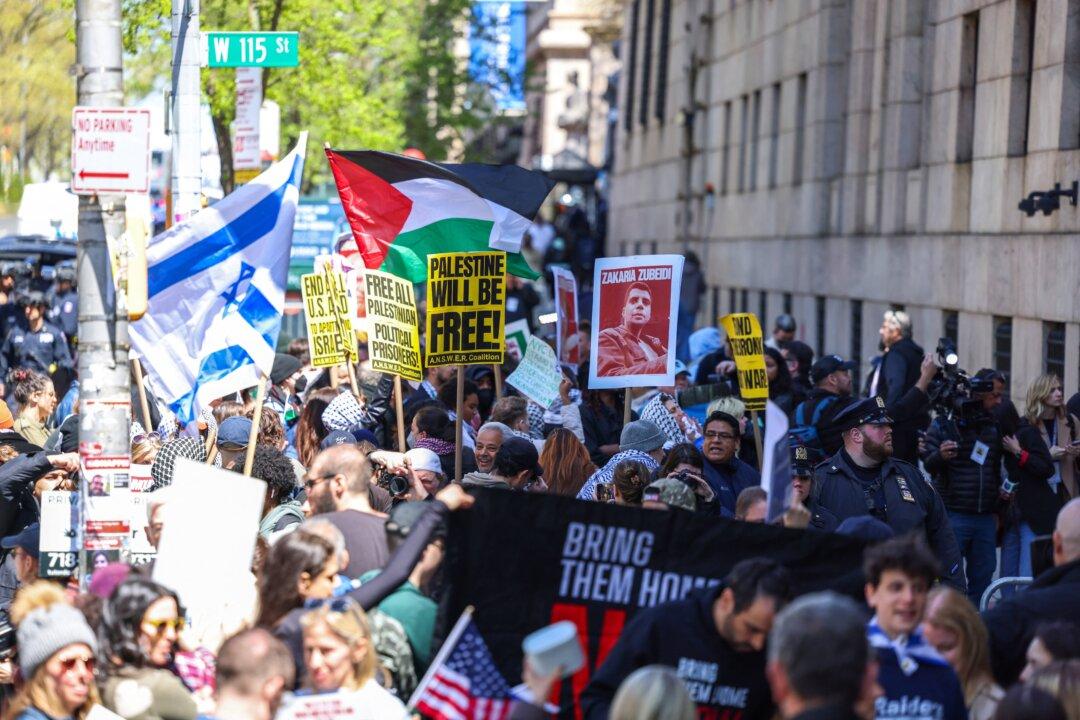
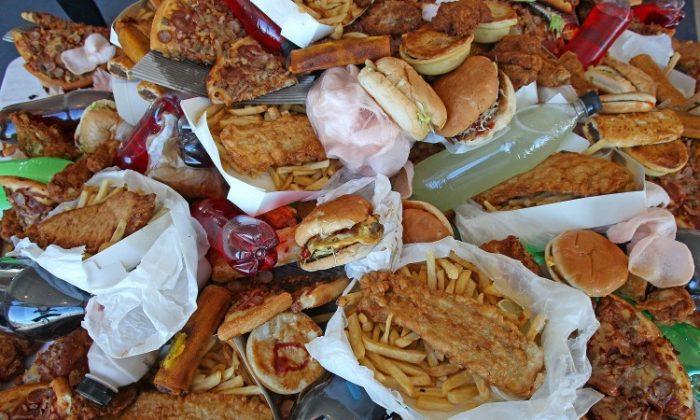
Friends Read Free